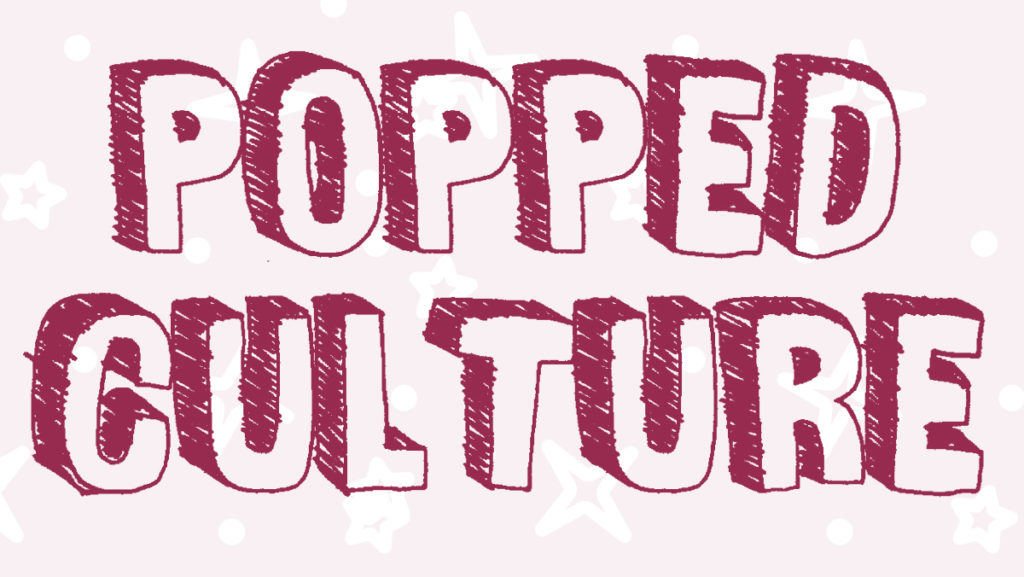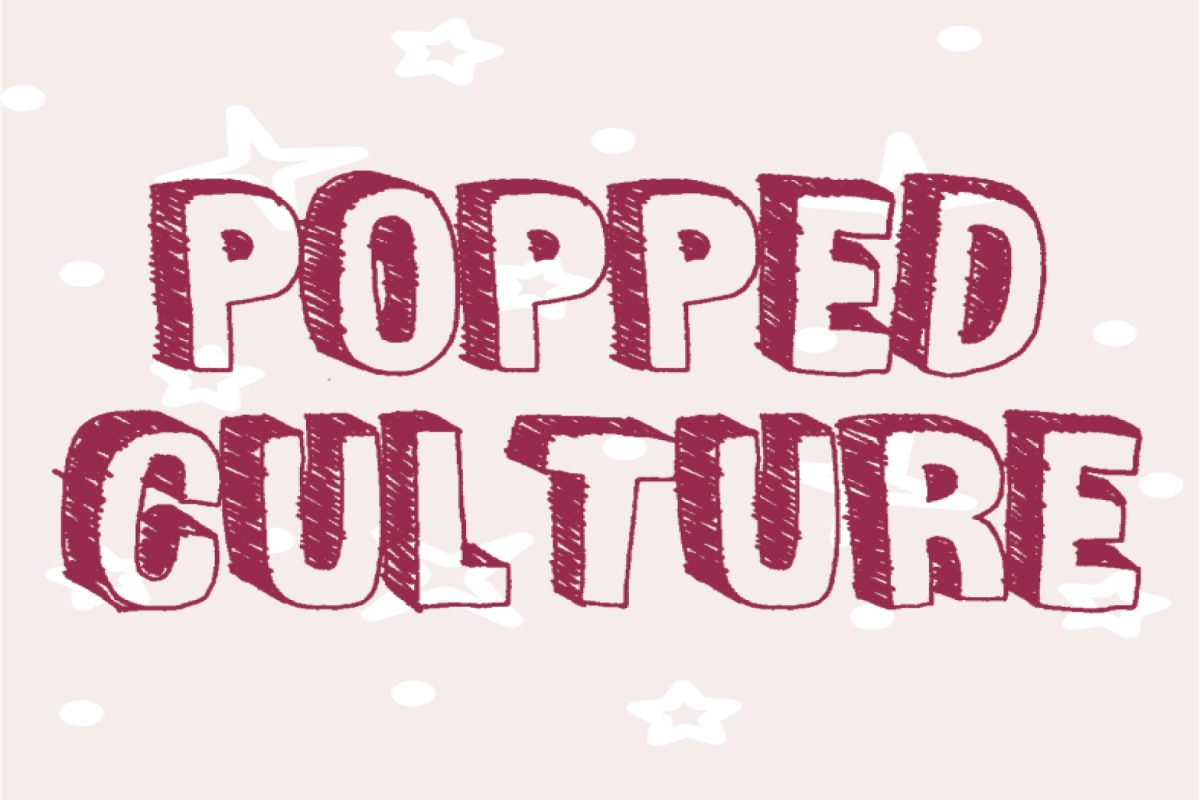If I asked you to guess what you think the most popular movie genre among women is, it is safe to assume your answer would be something along the lines of romantic comedies. Romantic comedies are so heavily associated with the female viewer that they have become synonymous with the phrase “chick flicks” because as a society, we know what women want by now, right?
A survey conducted by Fandango begs to differ, finding that the most popular film genre for women is actually action. A breakdown of the popularity of film genres between both male and female viewers found that despite being publically associated with mainly male viewers, the genres of action and adventure are popular with 90% of men and over 85% women.
Despite the widestream appeal of action movies to all viewers, the prominence of weak female characters, as well as the continuation of the male gaze — a practice in film which suggests a sexualized way of viewing that empowers men and objectifies women — in these blockbuster action films, exemplifies that these movies’ intended audience is not women. That being said, I find myself in the majority of viewers who identify as female and who can be found on the edge of their seat watching actions and adventures play out on the big screen.
There are scientific reasons for an individuals’ enjoyment of an action movie that exist outside of the sexualization of its female characters. When we watch movies, our brains process the images that play across the screen in the same way they would a real event happening to us. Action movies that have high-intensity fight sequences and larger-than-life stunts can cause the viewer to feel short-term excitement and stress in a safe, controlled environment.
Action movies are capable of making audiences have physical reactions to the stunts on screen as well. Viewers’ palms get sweaty and their heart rates increase as they feel the excitement and thrill of the adventure! There is nothing more exhilarating than watching a hero burst through walls and jump from rooftops all while thinking to yourself that you could do that.
The fact that our brains are wired to love the thrill of this genre makes it that much harder to acknowledge and criticize the tropes that have become synonymous with it. Yes, the objectification and hyper-sexualization of female characters can be found across all genres, but it is inherently obvious in action films. Action films like the “Fast and Furious” franchise, the “Dark Knight” trilogy and the never–ending stream of “Mission: Impossible” movies are just the start of a very long list of action films that utilize the male gaze.
Female-centric action films that have not utilized the male gaze currently have the trend of experiencing intense backlash from male viewers. For instance, when “Captain Marvel” was released and the female protagonist was not sexualized and had no romantic ambitions, male viewers expressed serious disdain towards the character. Even when male–centric films like the new James Bond Movie, “No Time to Die” have limited objectification of female characters and create female characters with depths and goals, male viewers express frustration.
These prominent features of the action genre make it difficult to be an avid fan of action films as a woman. Studies have shown that women enjoy the rush of onscreen chaos and mayhem as much as men do, so why do these films continue to be targeted toward male viewers?
A part of this is most likely because the ones making these films are men. In 2020, women composed 18% of directors,17% of writers and 21% of executive producers working on the top 250 grossing films
None of this accounts for the fact that film has little to no representation, either in front of or behind the camera, for individuals who do not adhere to the gender binary, leaving 1.2 million Americans out of this conversation. GLAAD’s Studio Responsibility Index concluded that there were zero transgender or non-binary characters in the major studio films released.
The most direct solution — besides re–educating male viewers to be satisfied with films that do not belittle women — to even begin to tackle this systemic problem, is hiring more diverse people to create action films. Allow women seats at the table to create provoking plots and have fully formed, badass female characters — I know, I might be getting a little too ambitious here.
Having women direct, write and produce these stories drastically changes the way female characters are depicted. Looking at the evolution of the Marvel Cinematic Universe (MCU) character Black Widow shows the stark contrast between when a project involving the character is spearheaded by a woman or a man. Black Widow entered the MCU in 2010 with the film “Iron Man 2.” From 2010 to 2019 Black Widow was in eight MCU feature films, all of which were solely written and directed by men. In these projects the character is consistently one-dimensional, objectified and sexualized. In 2021 Black Widow was given her own solo film “Black Widow” which, despite being written by men, was directed by Cate Shortland. The touch of a female director allowed for excellent character development, Black Widow maintaining agency, and no inherent objectification — well aside from the character’s leather jumpsuit uniform.
Even though there is clearly a large percentage of women who love to watch action films as they currently are — sexism and objectification included — that doesn’t mean that the genre should remain static.





